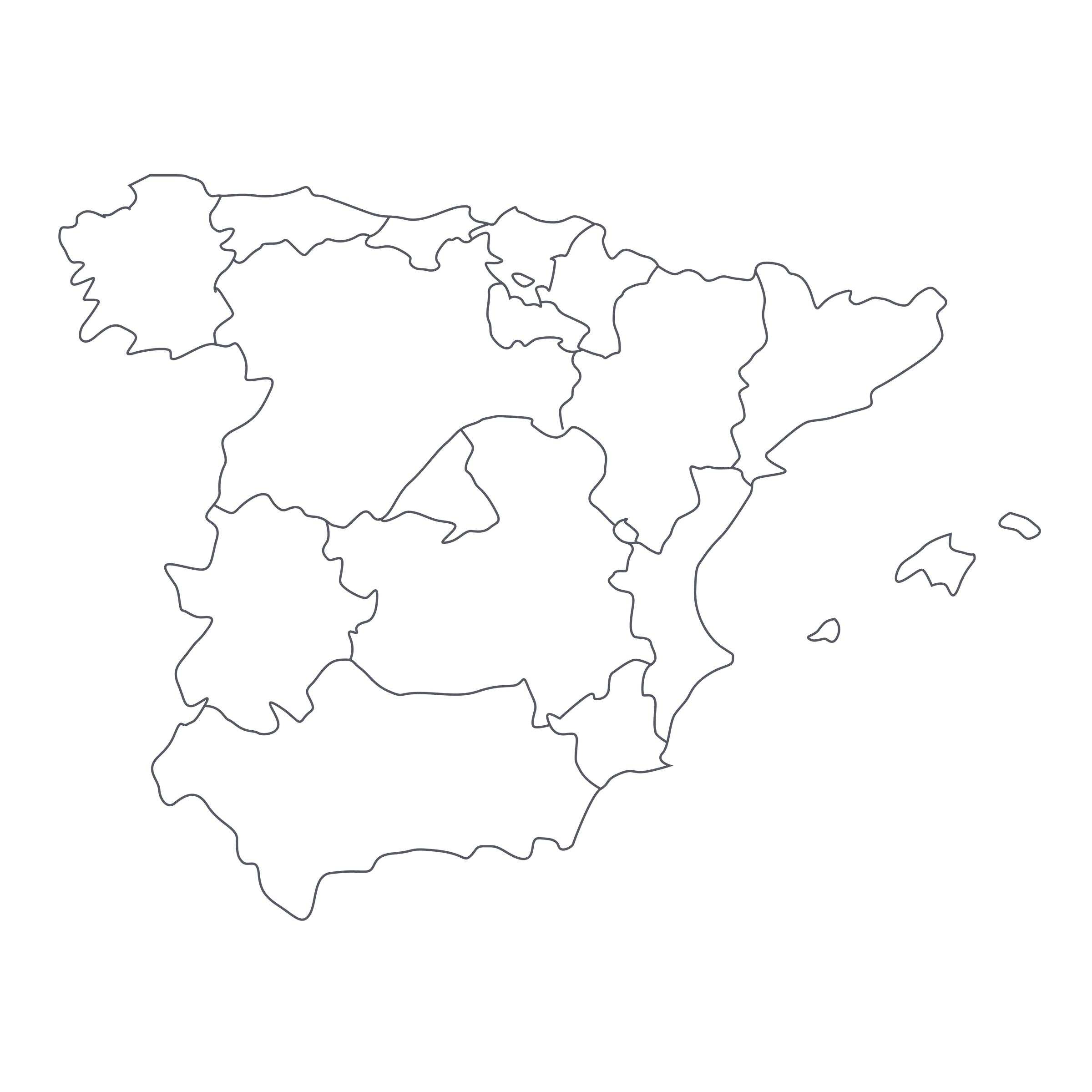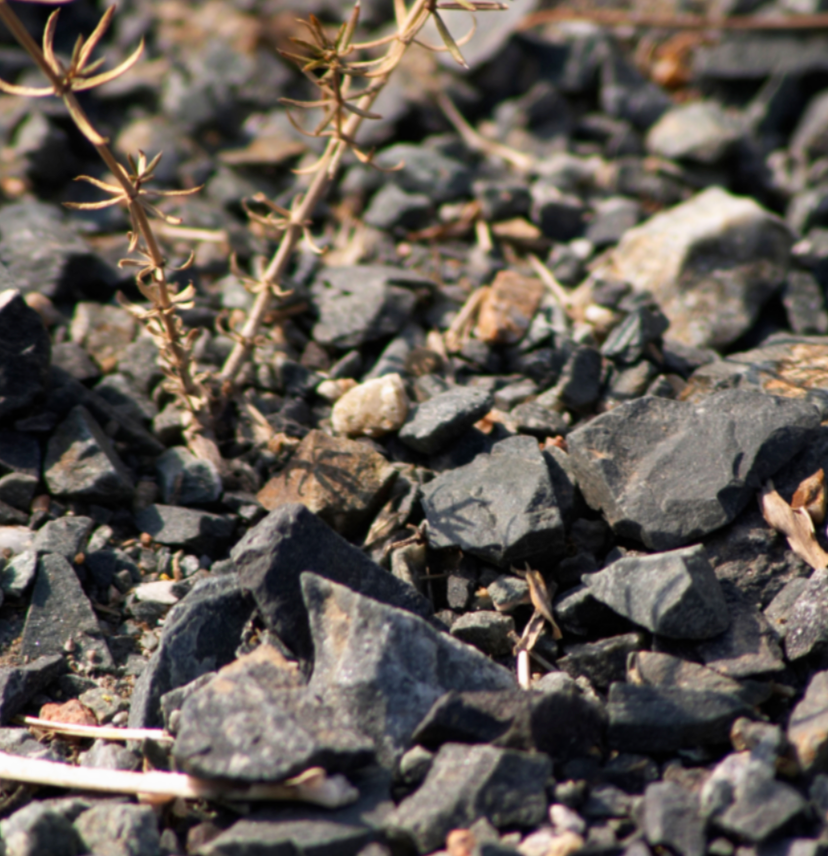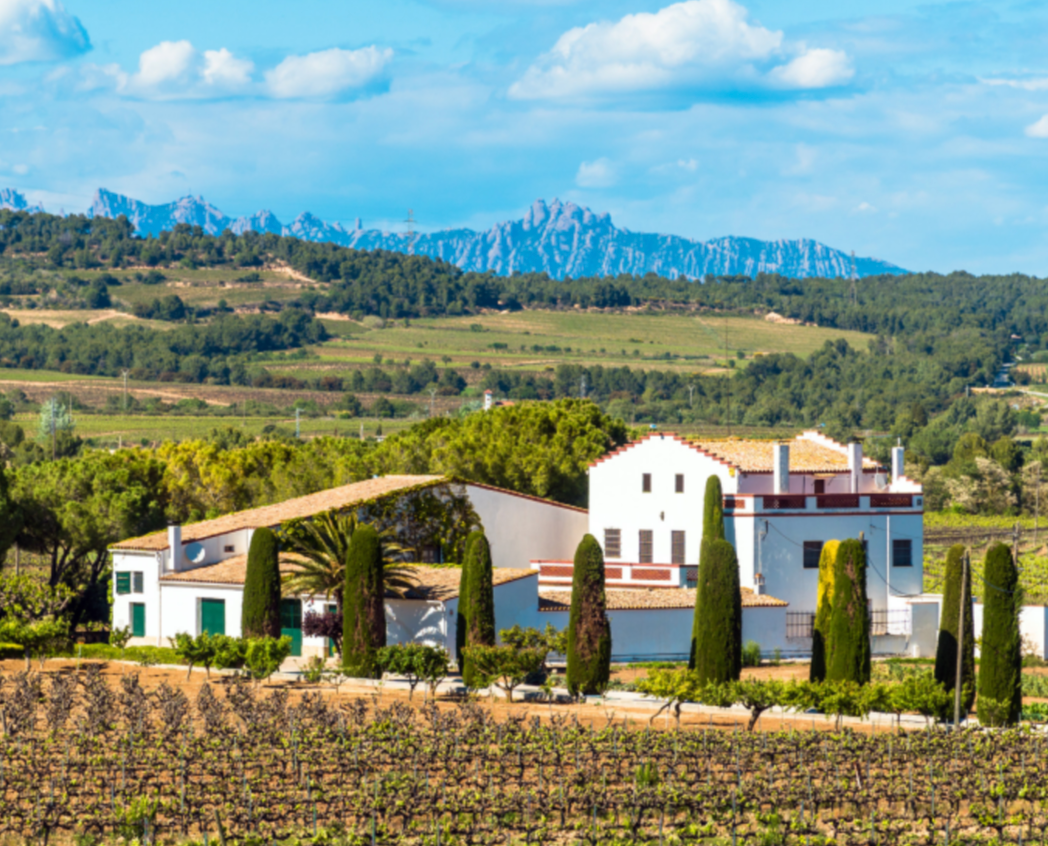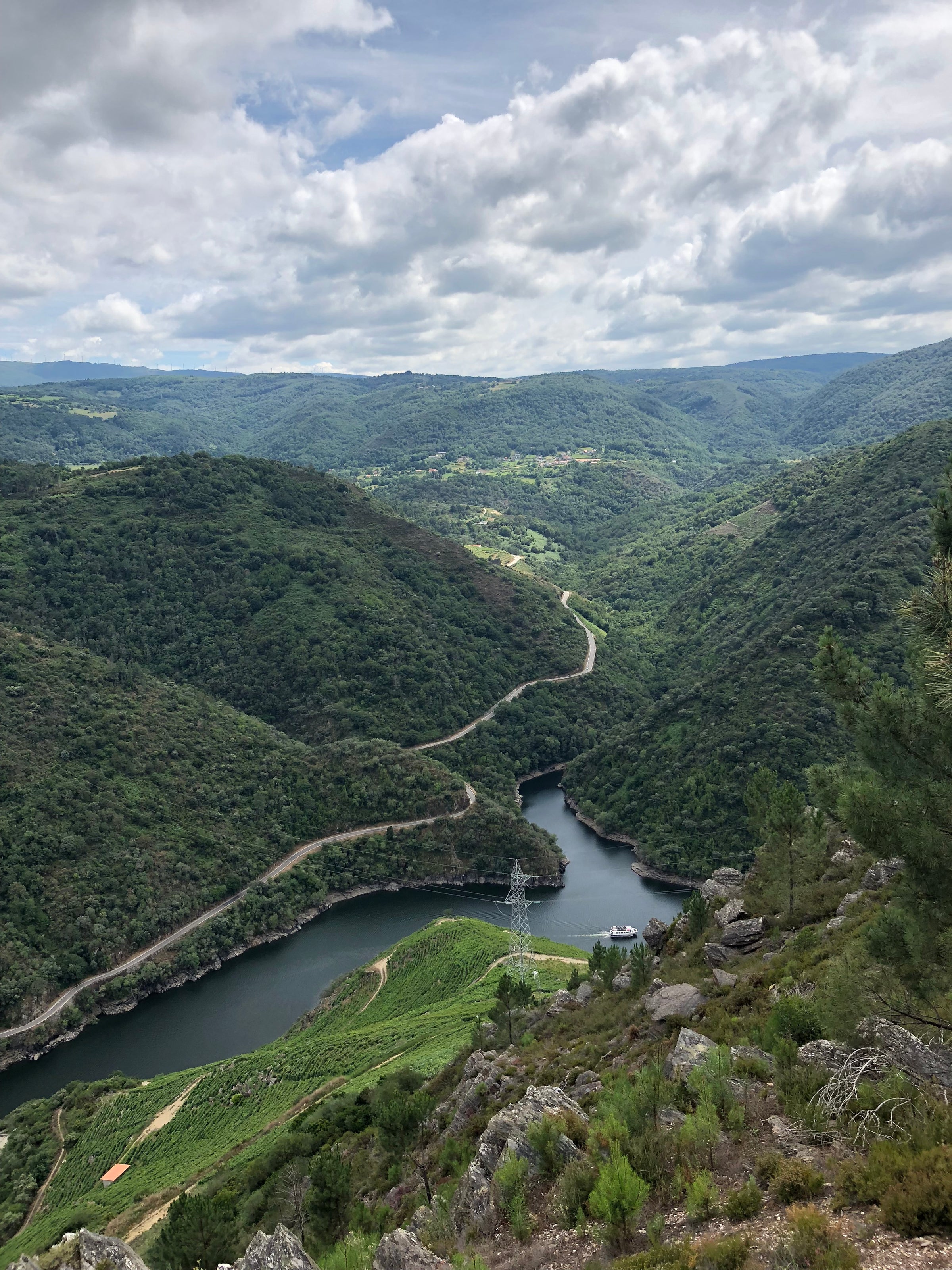Something big is happening in Penedès, the epicenter of sparkling Cava production in Spain: What was once an area largely overlooked by the “fine wine” community is increasingly being studied, mapped, and celebrated as a world-class terroir. There will come a time when aspiring sommeliers will walk the vineyards and visit the cellars of Penedès with the same obsessive attention to detail they devote to Champagne—because with ever-growing frequency, Cava wines aren’t merely rivaling their Champagne counterparts but surpassing them, at least when you factor value into the equation.
They’ve got the tradition, they’ve got the terroir…all they need is the respect, and today’s mineral-etched Brut Nature from Jané Ventura most definitely has mine. Wow, is this a serious Champagne-method sparkler for $24! Fourth-generation proprietor Gérard Jané, whose love of the local music culture of his native El Vendrell inspires the naming and labeling of his wines, is the latest Cava producer to upset sparkling wine’s natural order and demand a showcase here on SommSelect: This is a vintage-dated wine, aged nearly three years on its lees before disgorgement, bottled without any dosage (sugar addition), displaying remarkable finesse and class at this price point. This is becoming the new normal, and believe me, I’m all for it!
The Jané Ventura bodega was first founded in 1914 and has remained in family hands ever since. It is headquartered in El Vendrell, along the Mediterranean coast between Barcelona and Tarragona, with most of its estate vineyards located within the “Baix Penedès” subzone. Soils are primarily limestone and clay but of course the main difference between here and Champagne is the Mediterranean-influenced climate; nevertheless, vineyards in Penedès climb to altitude quickly, benefiting from the cooling influence of the “pre-coastal” mountain range further inland. They work with the traditional grape varieties Xarel-lo, Macabeu, and Parellada, farming their 20 hectares of estate vines organically since 2010.
Today’s “Reserva de la Música” is one of several bottlings the Jané family named in honor of artists and musicians native to their hometown of El Vendrell—in this case a famous Spanish cellist named Pablo Casals. This cuvée, which spends nearly three years aging on its lees to lend depth and dimension, is also the product of a single vintage and carries its disgorgement date on its label, all evidence of an attention to detail and craftsmanship not typically lavished on a $24 bottle of wine. The SommSelect panel is heavily populated with sparkling wine geeks, especially my colleague Mark Osburn, and upon tasting this, we all marveled at its sleek texture and sublime refinement.
In the glass, it’s a pale straw-gold moving to a silvery rim, with a fine, tight “bead” (effervescence) and aromas of green apple, membrillo (quince), lemon pith, warm spices, toast, and wet stones. Sleek and medium-bodied on the palate, with surging freshness and a bright, floral finish, this would make an impressive apéritif alongside some hand-sliced jamón iberico or, if you really want to go all-out, a whole table-full of assorted tapas. As with all fine sparklers, we recommend ditching the flutes in favor of all-purpose stems and a serving temperature a little bit north of 45 degrees. Like I said, true artisanal Cava is taking over—if you haven’t revisited these wines in a while, now’s the time!










